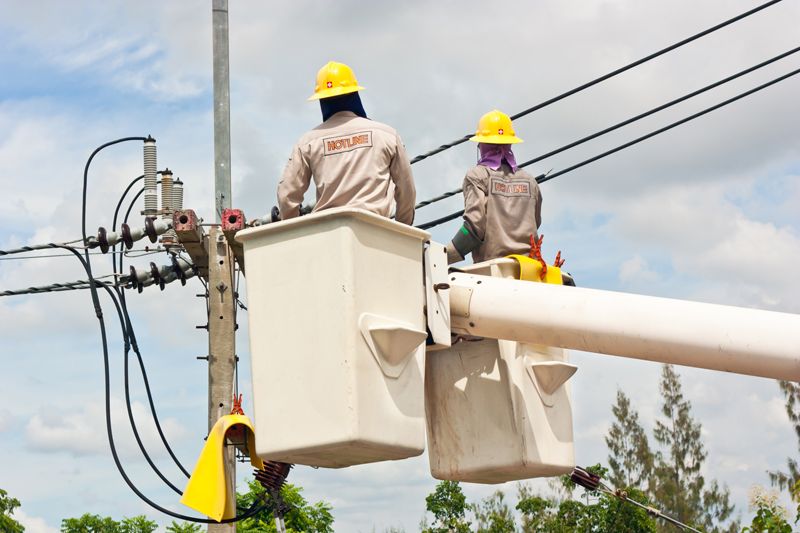Missouri Court More Recently Says “No” for Reasons That May Be Applicable in Your State
Court T. Kennedy of Gates, Shields & Ferguson,
Overland Park, Kansas
Due to the danger involved in distributing electricity, there has long been a tradition in many states of requiring electrical utilities to exercise “the highest degree of care” to avoid damage or injury to consumers. See, e.g., Fenlon v. Union Elec. Co., 266 S.W.3d 852, 855 (Mo. Ct. App. 2008); Cerretti v. Flint Hills Rural Elec. Co-op. Ass’n, 251 Kan. 347, 350 (1992). On the other hand, many state courts have allowed tariffs to relieve utilities of liability for “ordinary” negligence when those tariffs are adopted by the state agency created to regulate public utilities. See, e.g., Satellite Sys., Inc. v. Birch Telecom of Oklahoma, Inc., 51 P.3d 585, 589 (O.K. 2002) (reviewing various states’ case law allowing such limitations, including Kansas and Missouri). The public policy rationale always cited in support of this position is that liability limitations are necessary for the agency to exercise its legislative authority to regulate rates. See, e.g., Adams v. N. Illinois Gas Co., 211 Ill. 2d 32, 57 (2004) (“[B]ecause a public utility is strictly regulated, its liability should be defined and limited so that it may be able to provide service at reasonable rates.”).
Utilities often use this rationale to argue that tariffs may limit liability for negligence under all circumstances and despite traditional common law duties. Sometimes this argument succeeds despite another typical rule, i.e. that the common-law remains intact in the absence of explicit legislative intent to the contrary. Compare Danisco Ingredients USA, Inc. v. Kansas City Power & Light Co., 267 Kan. 760, 767-68 (1999) (noting that the legislature did not specifically confer authority to limit utility’s liability but holding that liability may be limited for ordinary negligence) with Robinson v. City of Wichita Employees’ Ret. Bd. of Trustees, 291 Kan. 266, 298 (2010) (common-law rules remain intact without explicit legislative intent to the contrary).
However, a Missouri appellate court more recently limited the public policy argument by drawing a distinction between economic losses (i.e. lost profits) resulting from negligent “service” and cases involving personal injury or property damage. See Pub. Serv. Comm’n of State v. Missouri Gas Energy, 388 S.W.3d 221, 232 (Mo. Ct. App. 2012), reh’g and/or transfer denied (Nov. 20, 2012), transfer denied (Jan. 29, 2013). The Court found no statutory authority to limit a public utility’s liability for personal injury or property damage. Id. While the Court acknowledged that some states’ courts have approved liability limitations for personal injuries, the Court found those courts failed to address relevant differences in the nature of the damages. See Id. at 232 n. 8.
This is not necessarily a new argument in every state. Cf. South E. Ind. Natural Gas Co. v. Ingram, 617 N.E.2d 943, 948 (Ind. Ct. App. 1993) (broad grant of authority to agency to regulate rates did not abrogate common law duty). However, the Missouri ruling shows that the argument is still catching fire and is ripe for states like Kansas that have not specifically addressed the issue.





